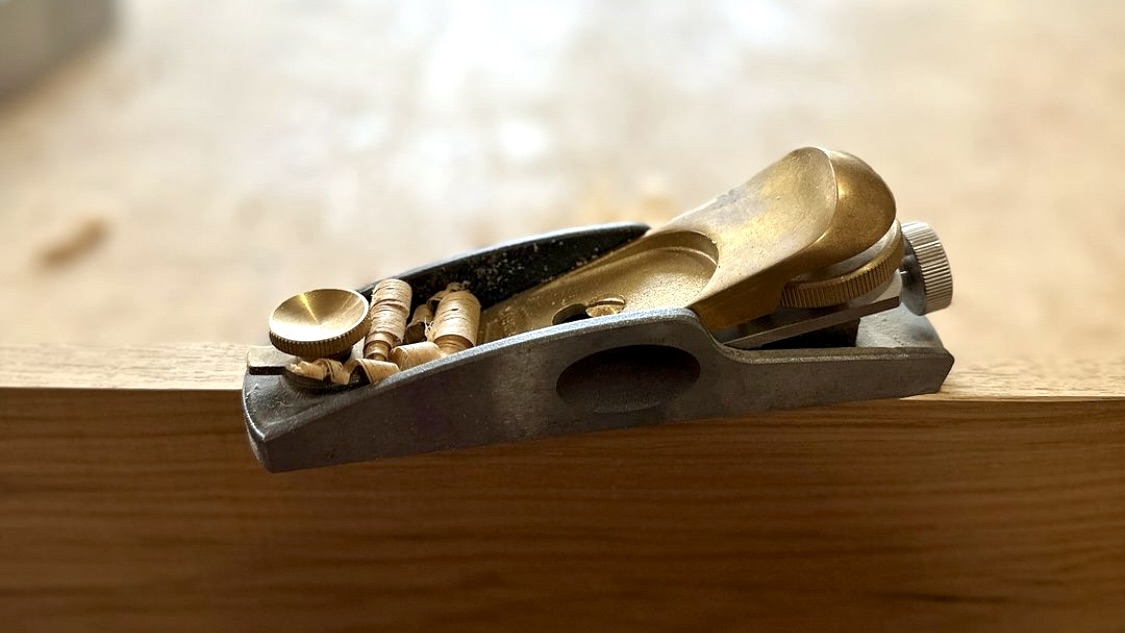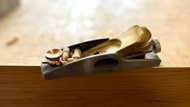The Block Plane - A Versatile Tool
Posted by Vic Tesolin on 12th Apr 2024

A well-worn block plane is like a pair of comfortable shoes
A block plane is a super handy tool for many different woodworking tasks. It's like the Swiss Army knife of woodworking but without the tweezers and toothpick.
One of the most common uses for a block plane is chamfering. Chamfering is when you create a bevelled edge on a piece of wood. This is often done to give the wood a finished look and to make it more visually appealing. With a block plane, you can quickly and easily create a chamfered edge that catches the light and adds character to your project. It’s as simple as holding the plane at around 45° and making a flat detail on the corner.
A close cousin to the chamfer is the round-over. It’s essential to ease the edges of your work with a subtle round-over to make it gentle on the hands touching it. Creating a round-over is similar to a chamfer. The difference is that you don’t stay at 45° but instead change the angle you are working at with every pass. I generally use five passes – three at 45° and one at each 22.5° to soften it up. Following up with a swipe of sandpaper will smooth out any facets.
Another excellent use for a block plane is trimming the end grain of a board. End grain can be challenging because it tends to splinter easily. However, you can cut the end grain with a sharp block plane and create a smooth surface free of machining marks. Just be careful to take only a little off, or you may end up with a shorter board than you intended.
In addition to these more common uses, a block plane can also be used to shape curves in wood. This is where things start to get a little more advanced, but with some practice, you can shape convex curves like a pro. Like any skill with hand planes, try out the techniques on a scrap piece before you attempt it on a project. The key is to maintain a square edge while working around the curve.
Finally, a block plane can be used for flushing tasks like trimming edge banding. Edge banding is a thin strip of wood glued to the edge of plywood to cover up the exposed edge. You can quickly and easily trim the excess edge banding with a block plane, giving your project a polished and finished look.
As you can see, a block plane is versatile and essential in any woodworker's toolbox. Whether you are a beginner or an experienced woodworker, a block plane can help you achieve professional-looking results in your projects. So, if you don't already have one in your toolbox, it's time to get one!
For more information on block planes, check them out here.
To understand, you must do - Vic Tesolin

